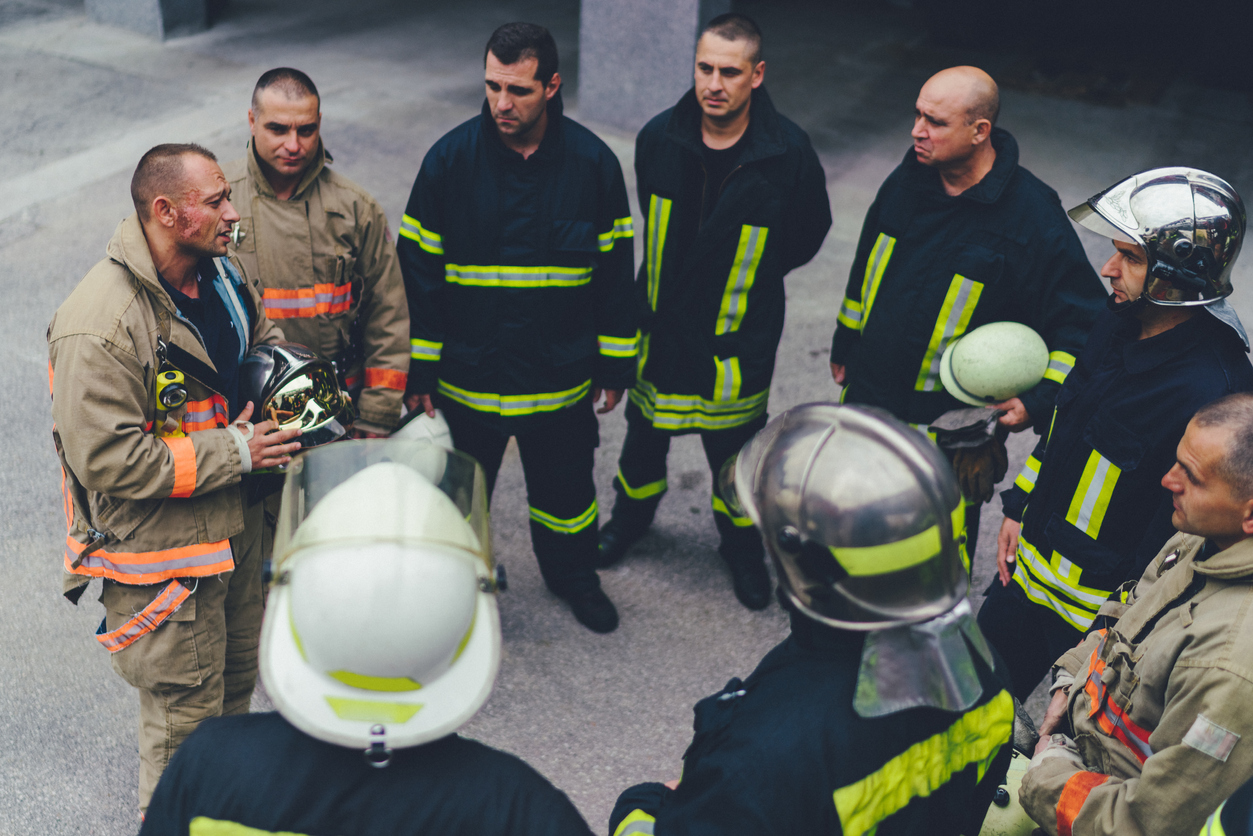
In any business or field of specialization, it is necessary to hold regular training programs to improve the quality of services provided and uplift the level of the industry. This applies to medical care as well, which often demands its practitioners to gain new knowledge and undergo continuous skills development.
In the area of emergency medical services (EMS), it is vital for personnel to undergo periodic training to improve their skills and be updated on new technologies and procedures as they are developed. Doing so allows them to remain competitive in an increasingly demanding industry. More importantly, it enables them to provide the best quality of emergency medical care possible.
The medical industry is a fast-changing one, with new technologies and procedures introduced all the time. As scientific learning expands and new discoveries are made, doctors and medical professionals come up with better and more efficient treatment methods all the time. This is why it is necessary to implement training programs that pass on new knowledge to medical personnel that can make the best use of them.
Many other factors contribute to the need for continued training and education in the EMS industry. Natural disasters have always been constant threats that keep the demand for qualified emergency care personnel high. But the past several years have highlighted the urgency of providing proper training to EMS staff.
Over a nearly 40-year period‒from 1980 to January 2019‒natural disasters accounted for more than $1.5 billion worth of damage in the U.S. alone. These incidents also resulted in the deaths of close to 10,000 individuals. Without suitably trained and highly qualified EMS personnel, these figures would likely be much higher.
Keep in mind that emergency medical personnel are usually the first responders on the scene whenever disaster strikes, especially during large-scale incidents. Because of their role in providing critical assistance to the injured, it is essential for them to be equipped with cutting-edge knowledge of equipment, procedures, and technologies.
Most first responder organizations acknowledge the necessity of implementing proactive training programs for EMS personnel. Even so, lapses and shortcomings remain in some crucial areas.
A survey of first responders conducted by the National Association of Emergency Medical Technicians (NAEMT) in 2016 sought to determine their readiness to address large disasters.
The study revealed that about 32% of those surveyed said that they have never been required to undergo triage training. They also weren’t required to have training in the treatment of victims involved in mass casualty events. The study also showed that 42% of the first responders interviewed said that they’ve never had to undergo disaster response training.
These alarming findings serve to highlight the serious gaps in training for emergency medical care personnel. These will clearly have to be addressed to help improve disaster preparedness among EMS professionals and ensure conformance to the best emergency care practices.
Here are three solutions by which EMS organizations can improve their disaster training programs to enhance disaster preparedness among their emergency personnel:
1. Implement donning and doffing training
According to the NAEMT survey, 33% of first responders don’t undergo training on how to don and doff personal protective equipment (PPE). This is an essential part of EMS personnel education and is just as crucial as knowing how to use the said equipment.
To improve knowledge and competency in this area, EMS organizations should consider holding drills periodically, focusing on donning and doffing PPE within a short timeframe. This will help ensure the team’s ability to put on and take off the equipment quickly in an emergency scenario.
2. Ensure the availability of essential supplies
EMS organizations should ensure that there is always enough emergency care supplies on-hand at all times. Ideally, there should be enough for three days or more to ensure the team’s ability to provide critical services during long-term disasters.
During such incidents, the usual supply chains may are often disrupted, so it is necessary to have a supplier that can deliver the essential supplies quickly and advise the team on specific equipment necessary for particular emergency situations.
3. Establish regular communications with local authorities and medical care organizations
EMS organizations should establish regular communications with local authorities and medical facilities. This helps ensure that everyone is on the same page with regard to their roles during emergencies. It also facilitates the process of assigning tasks before disasters take place.
About Provident Insurance Programs
With roots dating back to 1902, Provident Insurance Programs is a program administrator that serves paid and volunteer firefighters in addition to emergency medical responders with numerous custom-tailored insurance programs. We’ve also extended our expertise and experience to offer benefit plans and coverages to participant groups as well as Transportation Benefits. We are committed to continuing to provide superior customer service, and would be happy to speak with you to provide further information. Give us a call today at (855) 201-8880 to speak with one of our representatives.


